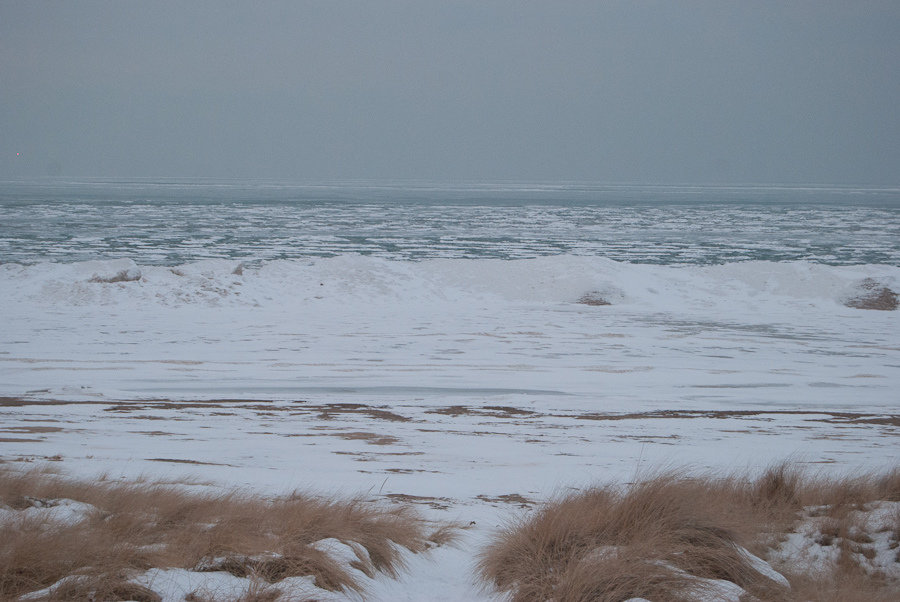With icy weather here, the Indiana Department of Homeland Security is reminding Hoosiers to be cautious when spending time near bodies of water and ice.
It is impossible to judge the strength of ice over a body of water by its appearance, thickness, daily temperature or snow cover alone. Ice strength is dependent on a number of factors, including water depth under the ice, water area size, water chemistry, currents and load distribution on the ice.
Below are important reminders for ice covered bodies of water:
Are ice conditions safe?
Walking on an ice covered body of water is not safe unless there are more than four inches of solid, clear ice.
Cars and trucks should never be driven on an ice-covered body of water. Snowmobiles and ATVs require at least five inches of solid, clear ice for travel.
Some bodies of water include aerations systems, which create areas of water with no ice and weakened ice beyond the opening of the body of water. Check water access for indications of an operating aeration system.
If going on an ice covered body of water is necessary, here’s what to do:
There is no ice that is safe ice. Always prepare as if the ice is unsafe.
Be with an experienced professional who is trained in ice rescue.
Never go near ice alone. When entering the ice, have one person stay on shore while the other enters.
If more than one person must walk on the ice, travel a fair distance apart on the ice to create a lesser chance of the ice breaking due to weight. This will also prevent both people from falling in the same break on the ice.
What to wear on the ice:
Carry a pair of ice picks tied together with a few yards of strong cord that can be used for self-rescue. Be sure they have wooden handles so if they are dropped they will float rather than sink.
Always wear life jackets when near any bodies of water, even when they are covered in ice.
Wear layers of non-cotton clothing, gloves and a hat. If someone falls in, layers may provide some additional buoyancy with trapped air. Non-cotton material will not absorb as much water and will dry out more quickly.
For more cold weather safety information, visit www.GetPrepared.in.gov.

